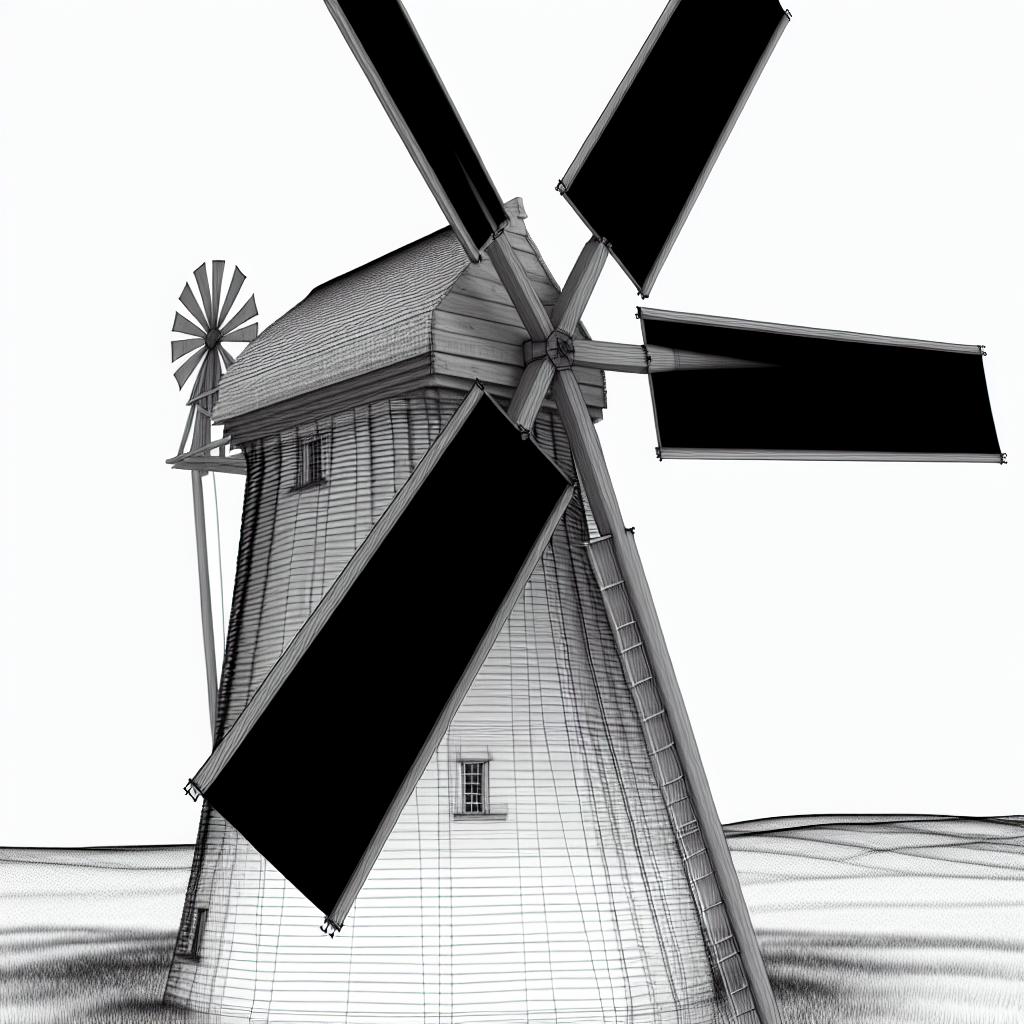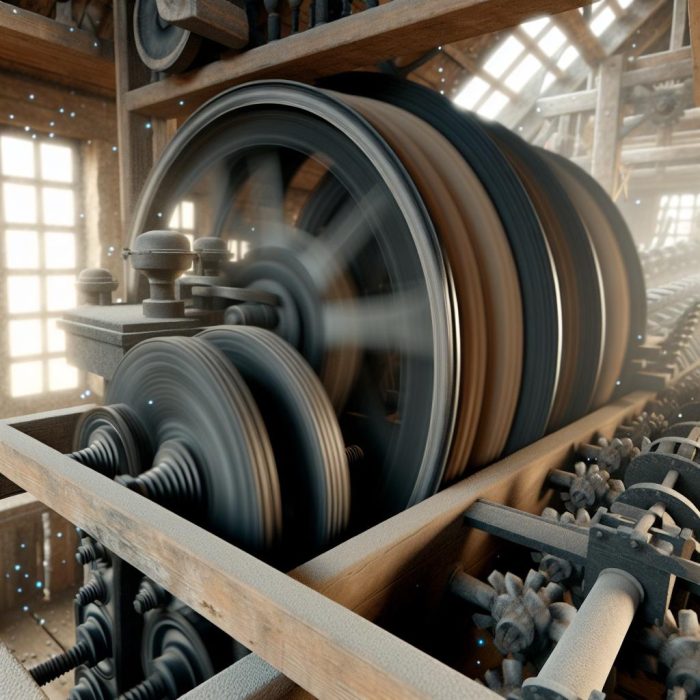Introduction to Windmill Sails
Windmill sails serve as a vital part of the traditional windmill structure. They primarily function to capture wind energy, converting it into mechanical energy utilized for several purposes such as grinding grain or pumping water. By understanding the mechanism of windmill sails, we gain insights into how these historical machines have harnessed natural forces effectively for productive means.
Structure of Windmill Sails
Windmill sails are intricately designed and mounted on a central hub, which connects to the windmill’s main shaft. The design captures the wind effectively, and several factors contribute to its efficiency, including shape, angle, and material composition. Traditionally, sails consist of wooden frames covered with a material like canvas or specialized fabric. The choice of materials is paramount as it significantly impacts the durability and efficiency of the sails. Over time, innovations have led to the integration of synthetic fabrics offering enhanced performance and lasting longevity.
Aerodynamics of Windmill Sails
Aerodynamic properties form the backbone of the sail’s functioning. The sails are engineered to a specific optimal pitch that maximizes the lift generated by the wind. As wind courses over the surface of the sail, a pressure differential is created between the upper and lower surfaces. This pressure variance produces a lifting force, instigating the rotor’s movement thereby driving the mechanical processes within the mill. The precise understanding and manipulation of these aerodynamic principles determine the overall performance and efficiency of the windmill.
Adjustability of Sails
An essential feature of windmill sails is their adjustability. The sails are designed to be modifiable, enabling control over the volume of wind energy captured. This is primarily achieved through altering the angle at which the sails position themselves or by adding and removing canvas material. This adjustability becomes critical in response to fluctuating wind conditions. It ensures that the windmill operates efficiently without suffering damage from excessively strong winds. Such flexibility highlights the windmill’s adaptability to a variable natural environment.
Modern Implications and Innovations
Although traditional windmills with sails are not as prevalent today, the fundamental design principles they established continue to influence modern technological advancements. Contemporary wind turbines, for instance, frequently draw upon these aerodynamic principles initially developed through traditional windmill sails. The evolution of materials, incorporating lightweight composites, has further enhanced the efficiency and efficacy of capturing and utilizing wind energy. These developments underscore the seamless transition from traditional to modern applications in sustainable energy generation.
Windmill sails, thus, not only epitomize historical engineering achievements but also spearhead advancements in sustainable energy solutions that underscore contemporary practices. This wealth of knowledge and technical expertise laid down centuries ago continues to underpin modern innovation in exploiting renewable resources.
For further insights into the intricacies of windmill designs and their applications, a visit to Wind Energy Systems can prove to be enlightening.
In conclusion, the study and application of windmill sails offer a unique perspective on sustainable energy. They exemplify the ingenuity of historical engineering and their continued relevance in advancing modern technological solutions. The sustained exploration and innovation in this realm remain pivotal in achieving more sustainable and clean energy solutions for the future. Whether for educational, historical, or technical pursuits, the journey into the world of windmill sails remains as dynamic and influential as ever, holding significance across eras and evolving energy landscapes.



